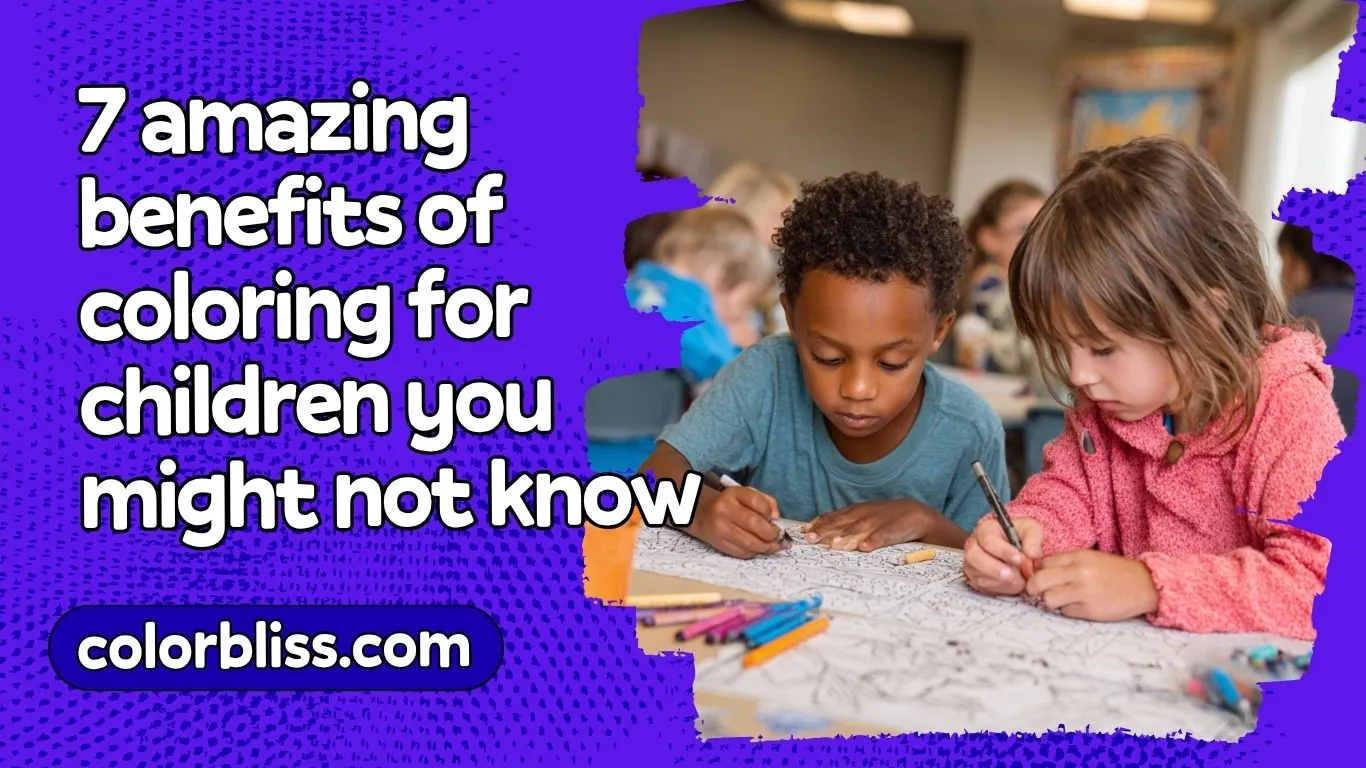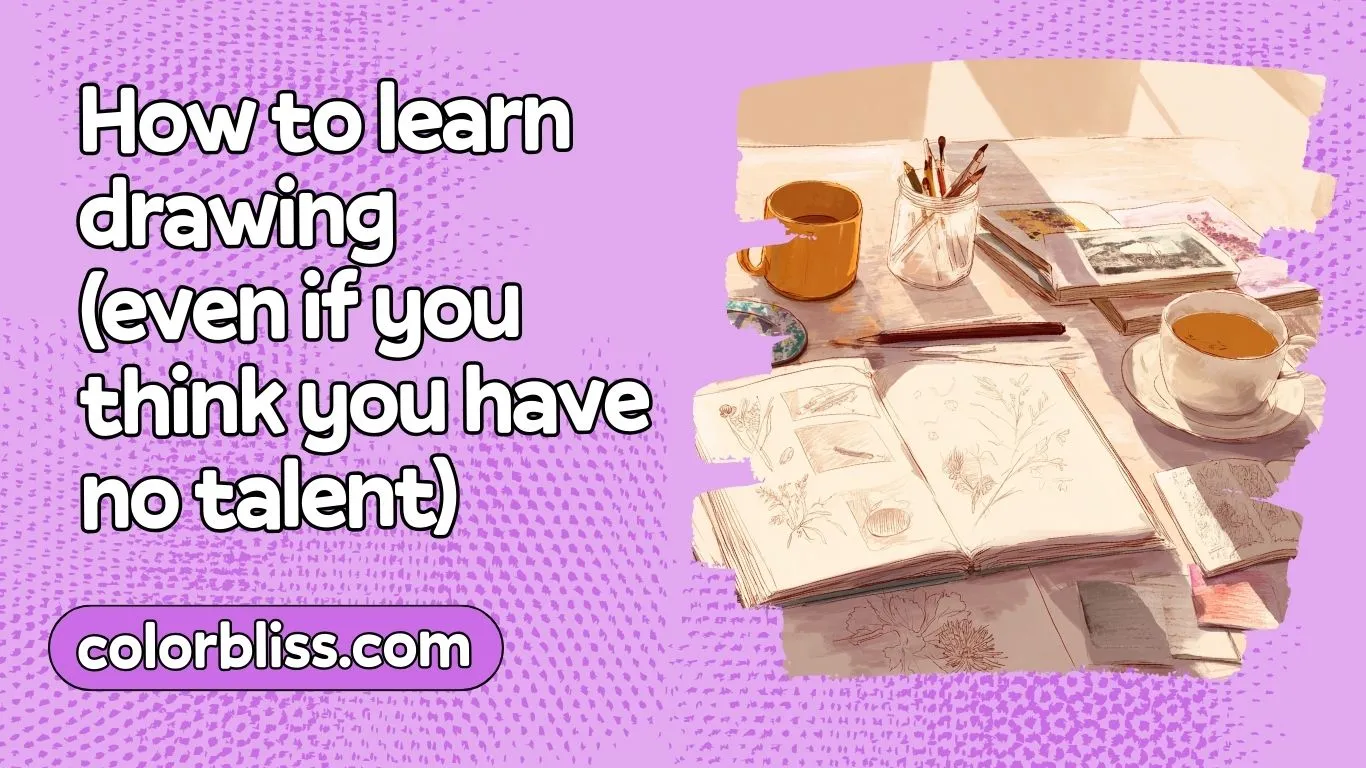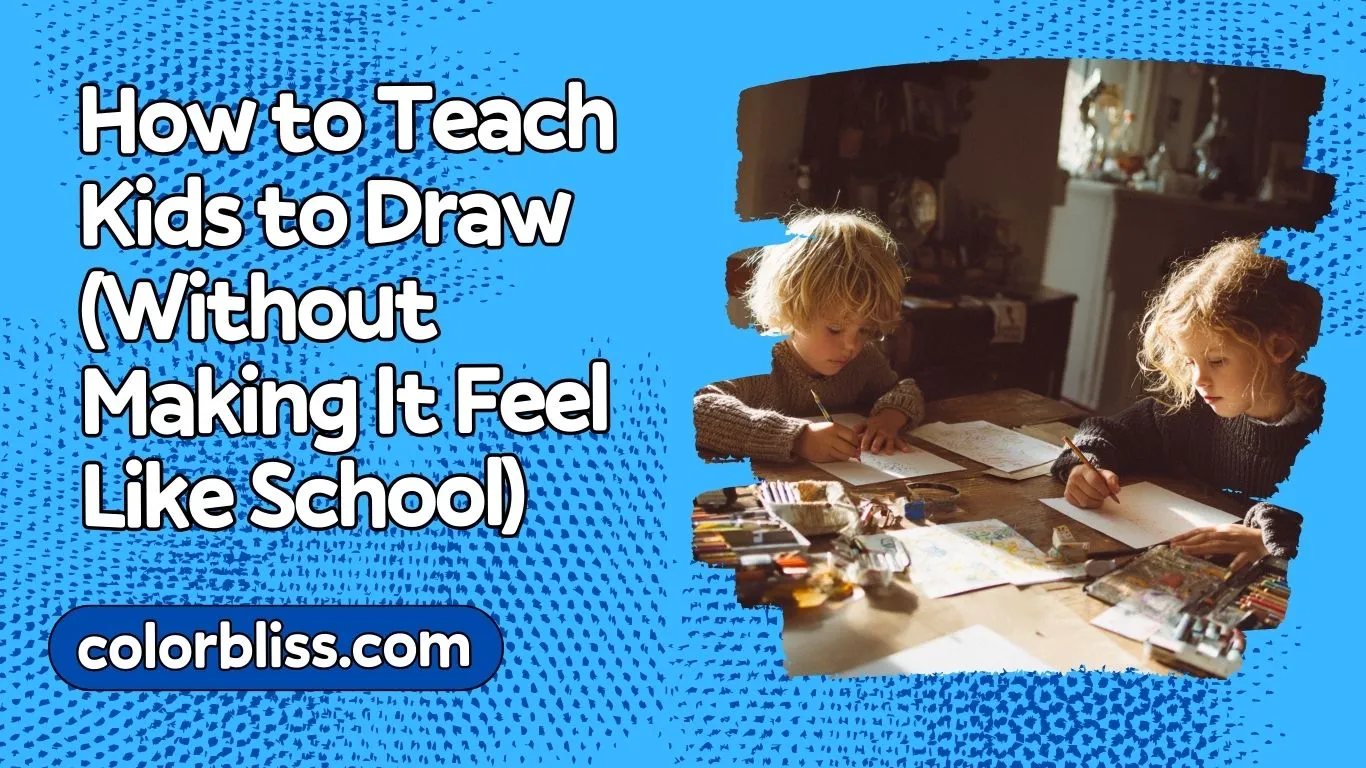7 amazing benefits of coloring for children you might not know

You’ve handed your kid a box of crayons and some coloring pages, hoping for ten minutes of peace. Maybe you grabbed a coloring book at target bc it was cheap entertainment. Or you printed out free coloring pages from some website at 2am when you needed something – anything – to keep them occupied.
But here’s what you might not realize: those moments when your child is hunched over a piece of paper, tongue out in concentration, totally absorbed in choosing different colors? That’s not just busywork. That’s serious child development happening right there.
Why coloring is more than keeping them quiet
Look, I get it. Sometimes you just need them busy so you can make dinner or take a work call. There’s no shame in that. But coloring books (or colouring books if you’re fancy) do way more than buy you time.
Every time your five-year-old grips a crayon and tries to stay inside the lines, they’re building fine motor skills. When they decide that yes, the sky should definitely be purple today, they’re practicing self-expression. And when they lose track of time filling in a detailed coloring sheet, they’re developing focus in a world that’s constantly trying to steal their attention.
Child development experts have known this for years. Occupational therapy often includes coloring activities bc the benefits stack up fast. We’re talking hand-eye coordination, hand strength, spatial awareness, and a bunch of other skills that’ll help kids when they hit kindergarten and beyond.
The seven benefits that actually matter
Let me break down what’s really happening when your kid colors.
1. Fine motor skills and hand coordination get stronger
Watch your child color. See how they grip that crayon? That’s not just a random fist grab anymore (hopefully). They’re developing what occupational therapy calls a “tripod grip” – the same one they’ll need for writing.
The small muscles in their fingers and hands get a workout with every scribble. Controlling the pressure, staying within boundaries, switching between colors – all of this builds hand strength and hand coordination. These aren’t skills you can rush. They develop through repetition, and coloring makes that repetition actually fun.
By the time your six-year-old or seven-year-old starts writing sentences in school, they’ll have spent hundreds of hours building the muscle memory they need. Not bc you drilled them on worksheets, but bc they were having a fun activity with some crayola markers.
2. Creativity and self-expression bloom
There’s no “right” color for a dragon. Or a house. Or pretty much anything in a kid’s coloring book.
When your three-year-old makes the dog bright orange and the grass purple, they’re not being weird. They’re expressing how they see the world. This kind of self-expression matters more than you’d think. It builds self-confidence. It tells them their ideas have value. It shows them that making something their own way is not just okay – it’s good.
Unlike social media where everything has to be perfect, coloring pages don’t judge. There’s no likes or comments. Just your kid making color choices based on what feels right to them in the present moment. That freedom is rare and worth protecting.
3. Focus and concentration improve
Kids today get pulled in a million directions. Youtube, tablets, whatever’s happening on tiktok. Their attention spans are getting shredded before they even start school.
Coloring fights back against that. When a child settles into coloring a detailed page (bonus points for intricate designs like mandalas), they enter a state of mindfulness without even realizing it. They’re fully present. They’re making decisions. They’re seeing immediate results from their efforts.
This sustained attention transfers to other areas. The kid who can focus on coloring for 20 minutes will have an easier time sitting through story time, following instructions, and eventually doing homework. You’re basically training their brain to concentrate, one coloring sheet at a time.
4. They learn colors, patterns, and visual skills
Sounds obvious, right? Coloring helps with color recognition. But it goes deeper.
Your four-year-old isn’t just learning that red is red. They’re developing spatial awareness – understanding that this area is different from that area. They’re noticing patterns in the design. They’re seeing how colors work together (or don’t).
These visual discrimination skills are crucial for reading. Before kids can distinguish between ‘b’ and ‘d’, they need to recognize that shapes and lines mean something. Coloring pages provide endless practice in seeing differences, understanding boundaries, and processing visual information.
5. Self-esteem grows with every finished page
“Look what I made!”
That’s the sound of self-esteem building in real time. When your child finishes a coloring page, they did something. They started, they worked on it, they completed it. That sense of accomplishment is huge for developing self-confidence.
Unlike a lot of kid activities where adults do half the work, coloring is theirs. Sure, you might need to help your two-year-old or three-year-old hold the crayon, but the work is theirs. The choices are theirs. The pride of “I made this” is 100% genuine.
Over time, this builds belief in their own abilities. They learn that effort leads to results. That’s skill development that’ll serve them way past childhood.
6. Stress and anxiety get reduced
Kids deal with stress too. New school, friend drama, big emotions they don’t know how to handle yet. Adults forget this bc we’re drowning in our own stress, but childhood has its rough patches.
Coloring helps with mental health and well-being in ways that might surprise you. The rhythmic motion is calming. The focus required pushes anxious thoughts aside. The act of creating something beautiful can shift a bad mood. Research shows coloring reduces stress and anxiety for both kids and adults.
This isn’t just theory. Many parents report their kids naturally reach for coloring books when they’re upset or overwhelmed. It’s self-care they’ve discovered on their own – a healthy coping mechanism that doesn’t involve screens.
7. School readiness happens naturally
Kindergarten teachers can spot the kids who’ve spent time coloring. They’re the ones with decent pencil grips, the ability to follow instructions, and enough focus to complete a task.
All those skills we talked about – fine motor skills, concentration, confidence, following directions – these are what teachers call “school readiness.” Your child is building academic foundations without it feeling like work.
Learning to stay inside the lines teaches them to follow rules and pay attention to details. Choosing colors and making artistic decisions builds problem-solving skills. Even just sitting still for 15 minutes is practice for classroom behavior.
By the time your five-year-old or six-year-old walks into school, they’ve got a head start, and you didn’t have to buy expensive educational programs to get there.
Making coloring a regular thing
So how do you actually make this happen? Here are some moves that work:
Set up an art space. Doesn’t need to be fancy. A table, a bin of crayons and colored pencils, and a stack of coloring sheets. Make it accessible so kids can grab supplies without asking permission every time.
Let them choose. Have different coloring books around. Animals, characters, simple designs, complex patterns. When they pick what interests them, they’re more invested.
Color with them. Grab your own page and sit next to them. You don’t need to be good at it. Just being there matters. Plus, you might discover why adult coloring books became such a thing – this stuff is actually relaxing.
Display their work. Fridge gallery, wall space, whatever. Showing their finished pages tells them their effort matters.
Go beyond the lines. Provide blank paper too. Let them doodle, scribble, experiment. Structure is great, but free creation has its own benefits.
Keep supplies accessible. Running out of crayons or not having clean paper kills momentum. Stock up when you see sales. You’ll use them.
Turn photos into custom coloring pages
Want to level up? Try turning family photos into coloring pages your kids will actually care about. Their pet, grandparents, favorite vacation spot – these become way more engaging than generic coloring book pages.
You can turn any photo into a coloring page in seconds. Upload a picture, choose a style, download and print. Suddenly you’ve got personalized coloring sheets that connect to their actual life.
This matters more than you’d think. When kids color something meaningful to them, engagement skyrockets. They’re not just filling in random shapes – they’re working with their own memories and relationships. That adds emotional depth to all the other benefits we’ve talked about.
Plus, you can create unlimited free coloring pages based on whatever they’re into this week. Dinosaur phase? Pokemon obsession? That random youtube character you don’t understand? Turn it into a coloring page and watch them focus for 30 straight minutes.
Final thoughts
The benefits of coloring for children aren’t hype. This is backed by actual research in child development and occupational therapy. From fine motor skills to mental health, from creativity to school readiness, coloring packs serious value into something kids already want to do.
You don’t need expensive supplies or special training. Grab some crayola crayons, print some free coloring pages, and let them go. Whether they’re two years old making their first scribbles or eight years old working on detailed designs, they’re building skills that’ll last.
And yeah, you’ll get some peace while they color. But now you know it’s not just peace – it’s progress.

